Review by Tim Robins
A brilliant but egotistical scientist brings a monstrous creature to life in a daring experiment that ultimately leads to the undoing of both the creator and his tragic creation…
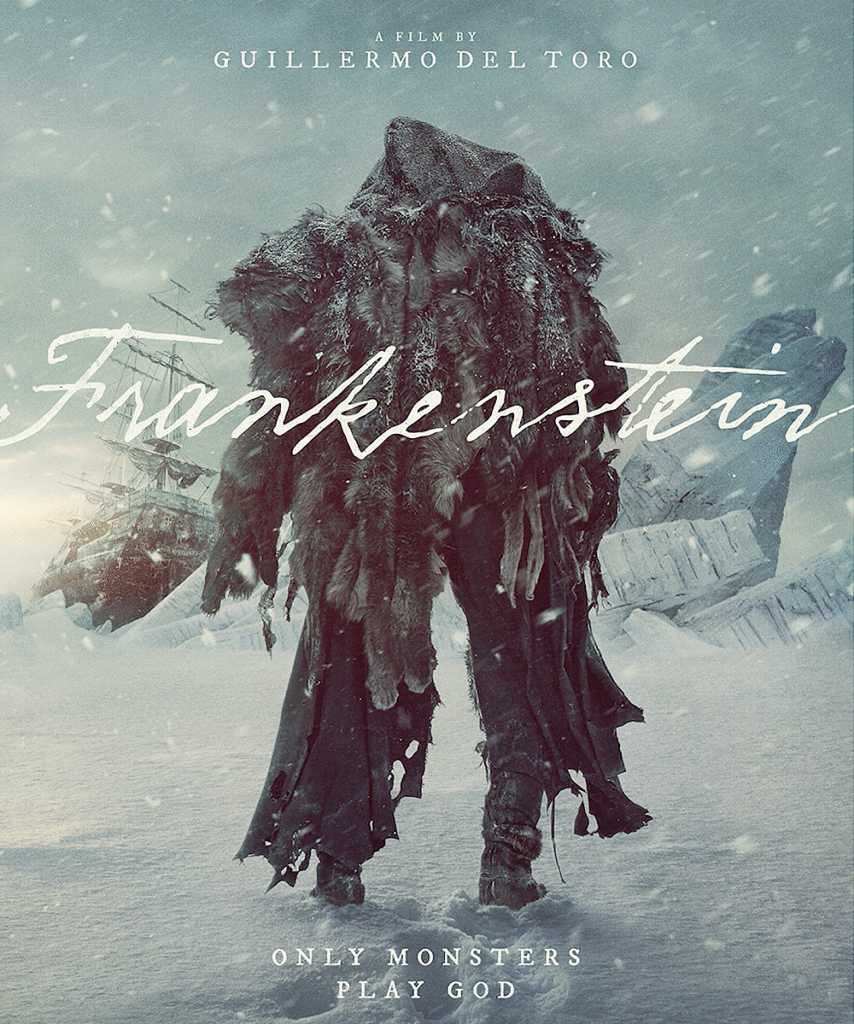
Guillermo del Toro breathes new life into the much filmed story of Frankenstein, the genre defining tale of one mad scientist’s desire to create life from the dead and his creation’s feelings of loneliness and rage when its creator rejects him, and it learns its origins.
Mary Shelley’s novel – Frankenstein: or the Modern Prometheus – was first published, anonymously, in 1818. Since its publication, there have been many takes on the novel. Horror movies include Universal’s Frankenstein (1931) and Hammer Films’ The Curse of Frankenstein (1957, released as a Limited 4K UHD earlier this month). There have even been comedies such as the transgressive TV sitcom, The Munsters (1964-66) and Mel Brooks’ parody, Young Frankenstein (1974).
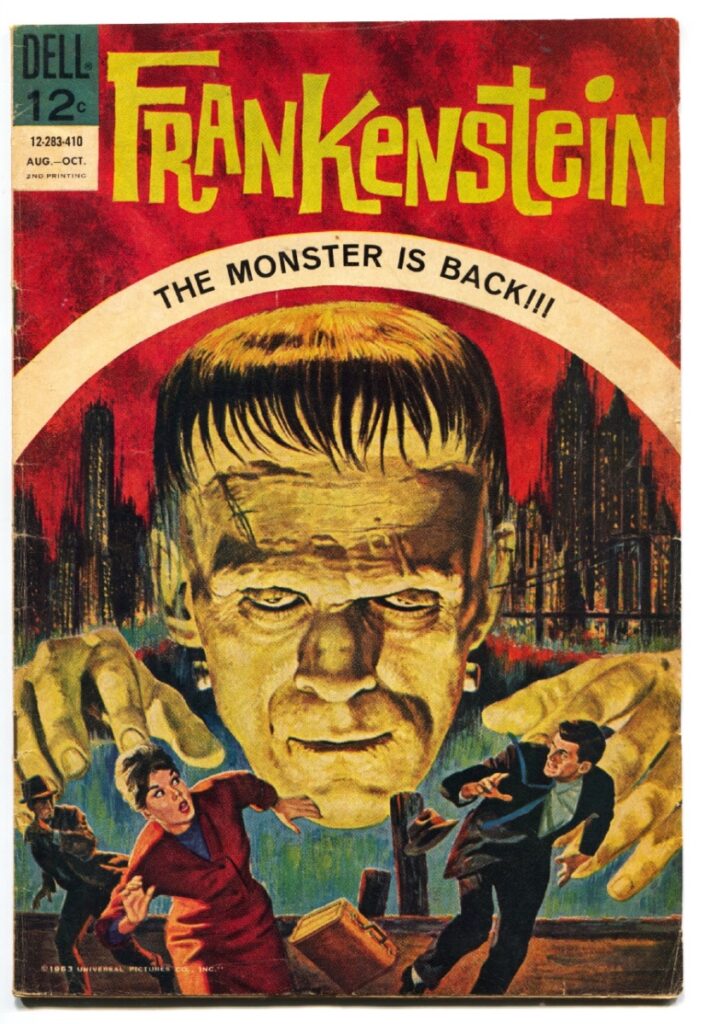
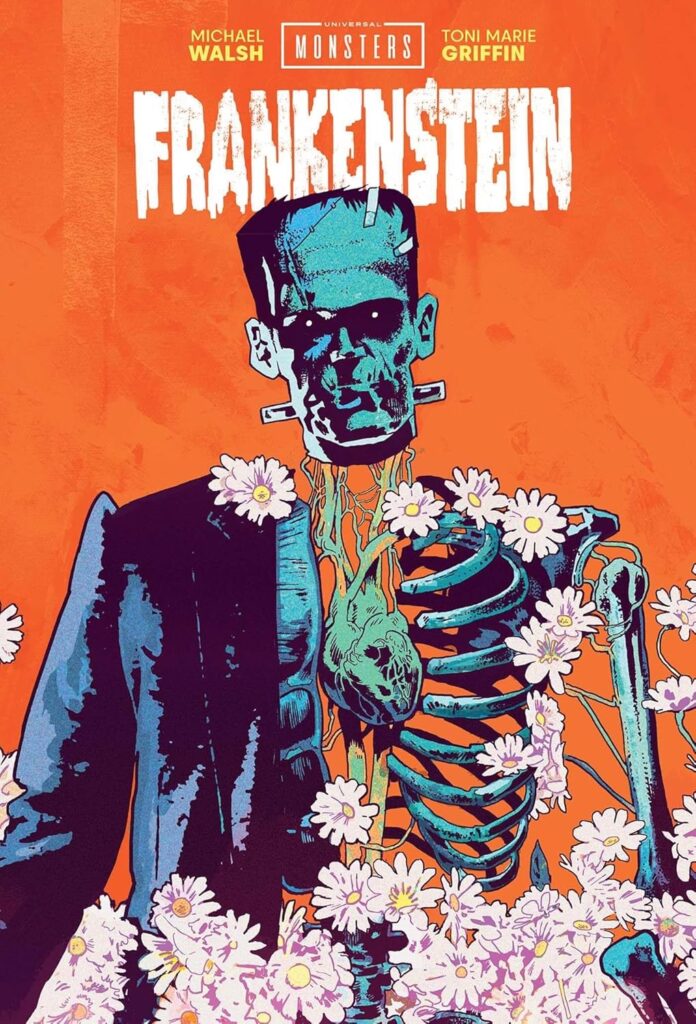
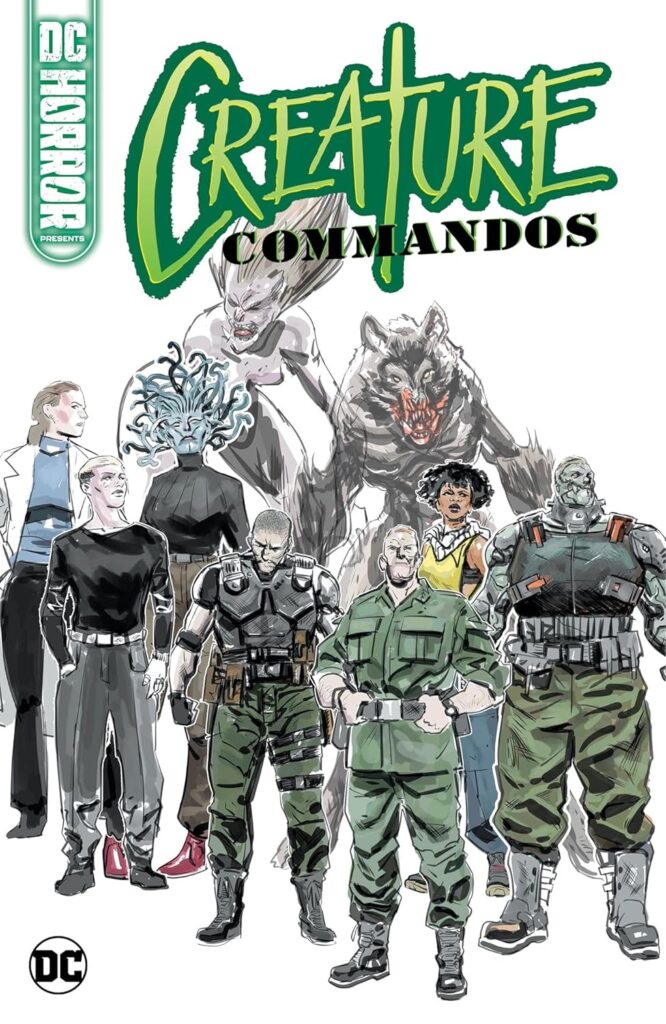
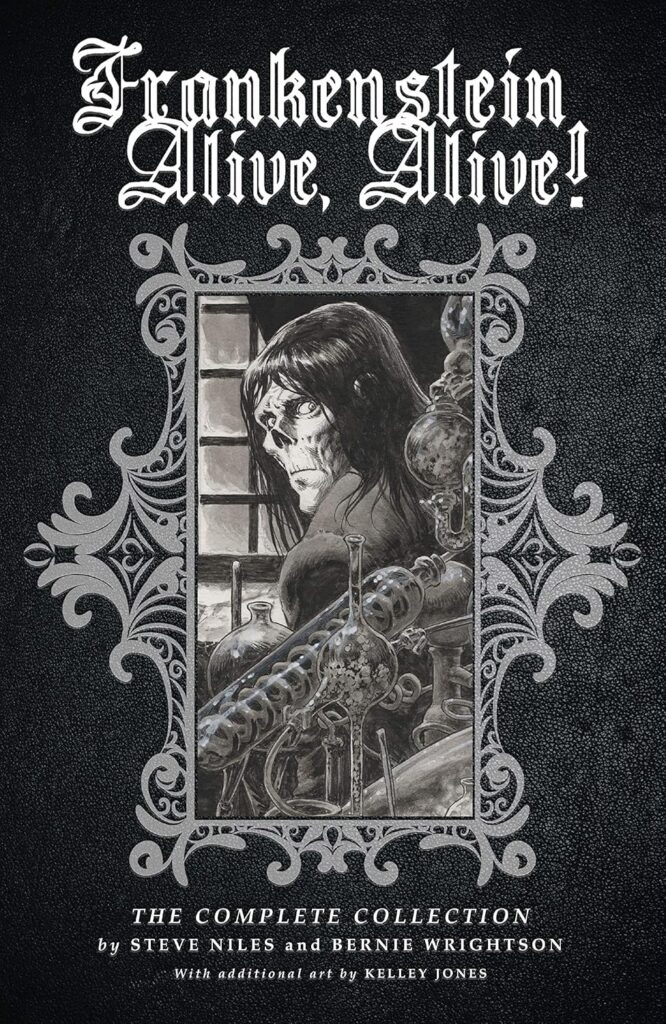
The fictional monster has also starred in comics, notably Dell’s Frankenstein (1963-67) and Marvel’s 1970s’ series The Monster of Frankenstein/The Frankenstein Monster. The creature is currently one of Skybound comics Universal Monsters’ line and it is currently a member of DC’s Creature Commandos. It is also a playable character in Lego’s DC Super-Villains and Lego Batman 3: Beyond Gotham.
Del Toro has acknowledged the Universal and Hammer movies as sources of inspiration , specifically Christopher Lee’s portrayal of the creature in The Curse of Frankenstein, as well as comic book artist Berni Wrightson’s illustrated edition of the novel, written by Steve Niles, about to be re-released as a collection from IDW, Frankenstein Alive, Alive: The Complete Collection.
The director of Cronos (1992), Pan’s Labyrinth (2006), The Shape of Water (2017) and two Hellboy movies (2004, 2008), uses the story to further explore the magical interplay between our everyday world and often, grotesque, creatures of folklore and fiction that exist at the margins of our reality.
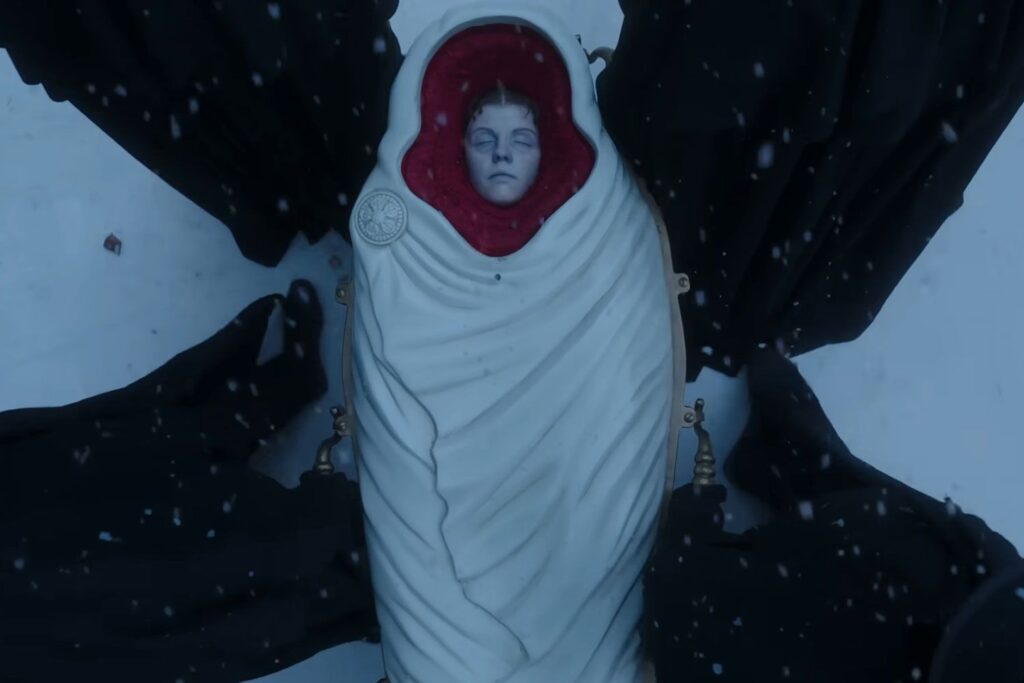
Del Toro weaves together science with mysticism, the latter including “chi energy”, Frankenstein’s technology apparently including electricity with acupuncture needles. Shelley herself was interested in two scientific advances of the time. Firstly, the discovery that people apparently dead from drowning could be resuscitated, remarkably coming ‘back to life’, Secondly, the work of Luigi Galvini who found that electricity, either from lightning or a generator, could make dead frog’s legs twitch.
(A memory: as a student of Behavioural Sciences in the 1980s, my class were asked to repeat Galvini’s experiments, including euthanising and dissecting frogs. We refused, on the grounds of animal welfare and the fact that the so-called “Galvanic response” had been demonstrated more than enough times in the past).
Shelley’s novel was understandably coy about exactly how the creature was given life, but her novel contains enough science for Brian Aldiss to claim it as literature’s first, true, work of science fiction. And the revenge tragedy playout between Victor and his creation led Aldiss to identify science fiction’s distinguishing trope as “Hubris clobbered by Nemesis”.
Guillermo del Toro’s Frankenstein manages to be highly stylised without becoming as camp as Francis Ford Coppola’s baroque masterpiece, Bram Stoker’s Dracula. The story’s laboratory scenes are set in the remains of a grotesque, phallic tower befitting Peter Jackson’s The Lord of the Rings trilogy. The laboratory’s vast cellars recall the vaulted catacombs beneath the Paris Opera House in Universal’s 1925, silent adaptation of The Phantom of the Opera House.
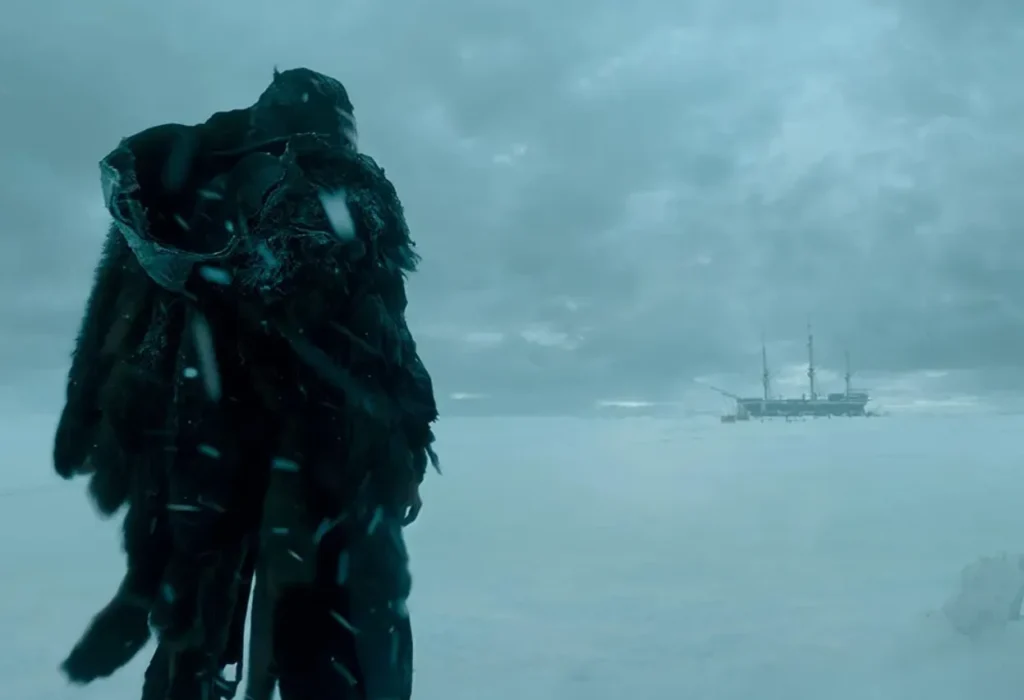
Del Toro has adopted Shelley’s bifurcated approach to her story in his telling. As in the novel, Victor and the creature’s stories are told from the setting of an expeditionary ship at the North Pole.
First, we learn of the travails of Victor Frankenstein and then the struggles of his creation. Each half of the film has a distinct colour scheme. The somewhat cloying blues and greys of the film’s first half are replaced with the browns and greens of the second. It is a welcome relief. The film is punctuated by rich shades of red, that serve as reminders that the story of Frankenstein is steeped in blood.
In the face of Del Toro’s visual flourishes, it is the cast who draw us, inexorably, towards its central characters’ blasphemous desires. Oscar Isaac’s Victor Frankenstein is a wild, driven man, obsessively focussed on conquering every obstacle in his path, including pursuing his desire to possess his brother’s fiance, Elizabeth, played by Mia Goth.
Goth’s performance as Elizabeth is eerie and compelling. When we first meet the character she seems reserved, almost demure, but as the film progressive, we see a mischievous, flirtatious, willful and determined side to her character. Unlike the butterflies she collects, Elizabeth refuses to be caged, except by conventions of her own choosing. She is drawn to Victor’s creation, and is moved by curiosity and empathy more than fear.
Jacob Elordi gives us a nuanced, sexually alluring performance as Victor’s creation that is far from the sewn-together-spectical of previous films. After learning to read and talk, the monster becomes versed in works of faith and science, and is better able to express its plight. We are able to empathise with the monster, who is both philosophical and yet all too human, in a way we don’t with his creator.
Elord’s innovative make-up allows the actor to express the depths of his characters’ emotions – its sadness and its longings to be recognised as a legitimate form of life. In a few scenes, his outward appearance reminded me of the Engineers in Ridley Scott’s Prometheus.
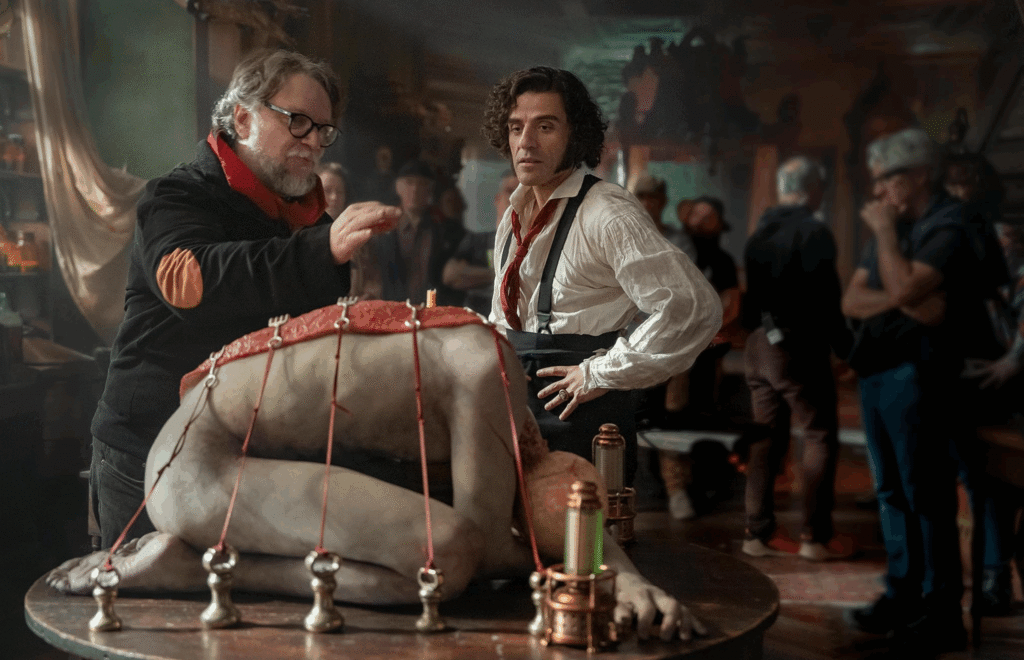
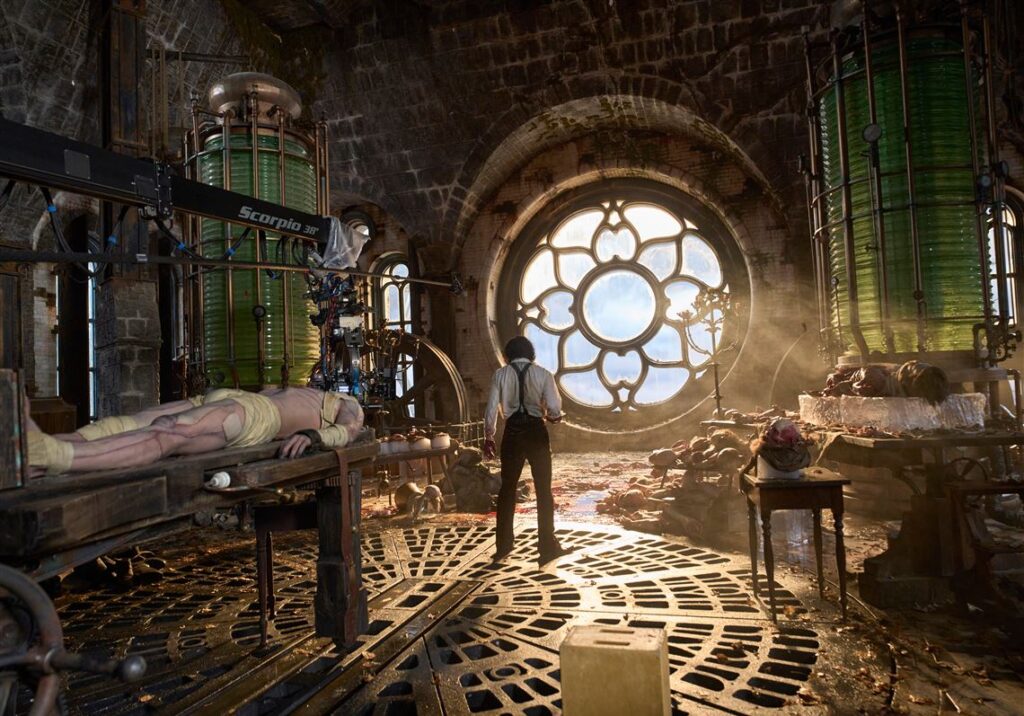
Although the film seems to cleave close to Shelley’s novel, Del Toro has reworked the characters, their motivations, and fates. He also omits some of the book’s murders and, instead, binds together Victor and his creation with the fate of Victor’s younger brother, William, and his fiance, Elizabeth. The director also toys with our expectations of the fate of a young girl (In the 1931 film, the monster accidentally drowns her).
Here, unlike the multiple perspective storytelling in Weapons, released earlier this year, I did find Frankenstein’s two part structure a little tedious. It felt as if the story started but then, half way through, it had to start again. Apparently, Del Toro pitched his film as an adventure. It really isn’t. Neither is it a superhero story, despite the director giving the monster the healing powers of The X-Men’s Wolverine.
The effects attempt to add spectacle. The ice surrounding the ship is reasonably well realised, the many explosions, less so. One CGI deer is about as inauthentic as that technology can sometimes get. The sets are impressive, but are somewhat empty, at times populated only by a couple of characters.
Frankenstein simply isn’t an action adventure and I’m glad it isn’t. But it is a beguiling work that succeeds in being a tragedy, by evoking the sadness and loss at the heart of Shelley’s novel. Despite being sewn together from the director’s interests and influences, the film is more than a monster mash and more of a must-see film, whether watched during its limited theatrical release, or on Netflix when it is released on the streamer next month.
Tim Robins
• Guillermo del Toro’s Frankenstein is on limited release on available to Netflix subscribers from next month
Some links that feature in this article are AmazonUK Affiliates
Head downthetubes to…
• The font Worthington Arcade, used in the titles of Frankenstein, is the creation of Rian Hughes | Featured in the Device Fonts book currently seeking Kickstarter support
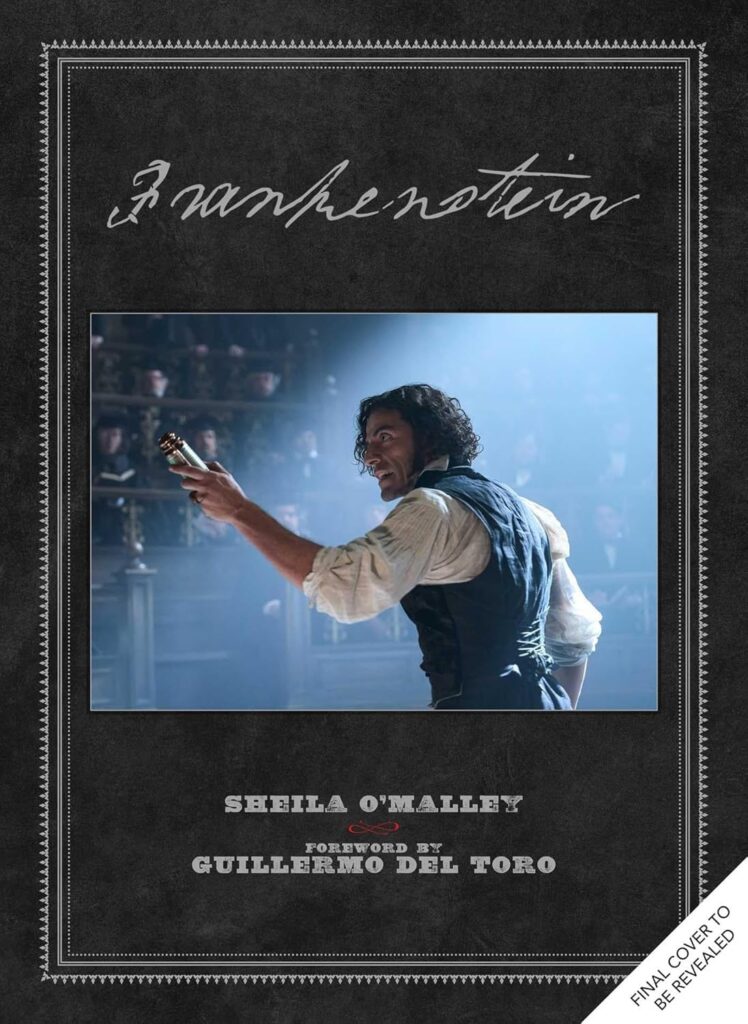

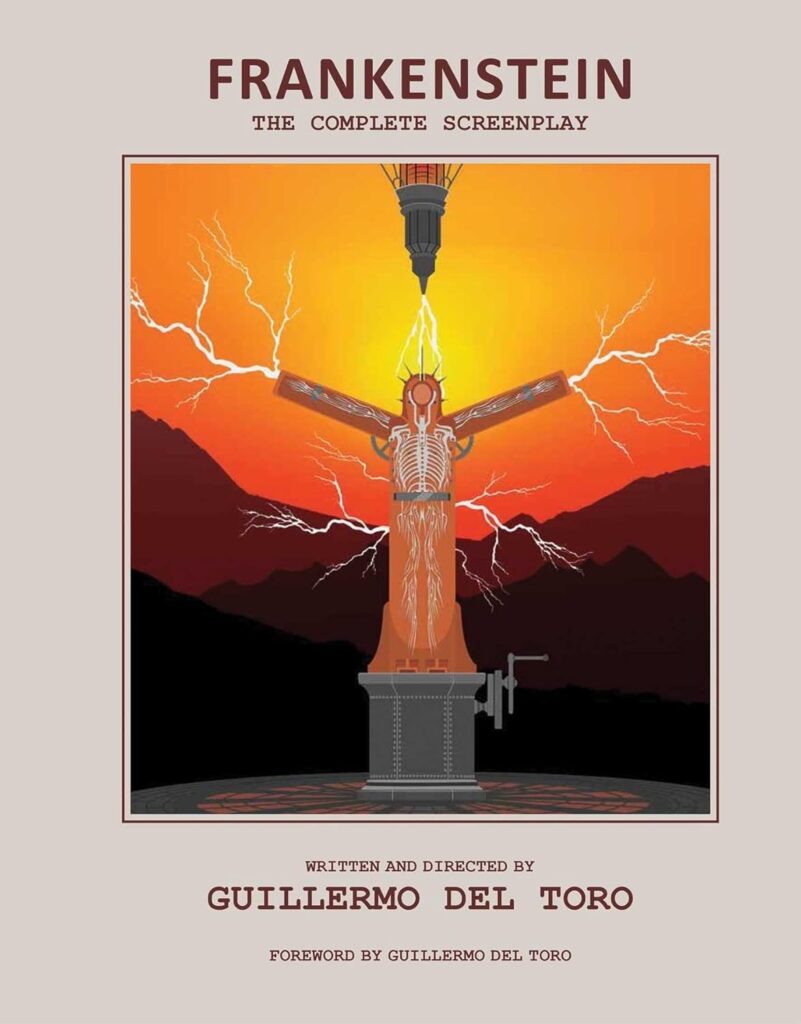
• Frankenstein: Written and Directed by Guillermo del Toro by Sheila O’Malley (AmazonUK Affiliate Link) – out 28th October 2025
Explore the enchanting artistry and visionary storytelling behind Frankenstein, directed by Guillermo del Toro in this new book from Titan Books, where stunning visuals and insightful commentary reveal the creative process and craftsmanship that bring Mary Shelley’s gothic masterpiece to life like never before.
• Frankenstein: The Complete Screenplay: Written and Directed by Guillermo del Toro (AmazonUK Affiliate Link) – out 27th November 2025
Featuring stunning concept art, film stills, and behind-the-scenes photography, this official reproduction of the film’s complete screenplay invites readers into del Toro’s world as the classic story was adapted for the screen. With nuanced character development and poignant dialogue, the script brings fresh life to Shelley’s tale, exploring like never before the fractured relationship between creator and creation. From the tormented Victor Frankenstein to his tragic monster, del Toro’s unique artistic voice shines through every page, offering an immersive experience for fans of both the original novel and del Toro’s cinematic genius.
• Frankenstein: or the Modern Prometheus by Mary Shelley (Collins edition, AmazonUK Affiliate Link)
One of the BBC’s “100 Novels That Shaped Our World”
HarperCollins is proud to present its new range of best-loved, essential classics.
‘The rain pattered dismally against the panes, and my candle was nearly burnt out, when, by the glimmer of the half-extinguished light, I saw the dull yellow eye of the creature open…’
Victor Frankenstein’s monster is stitched together from the limbs of the dead, taken from ‘the dissecting room and the slaughter-house’. The result is a grotesque being who, rejected by his maker and starved of human companionship, sets out on a journey to seek his revenge. In the most famous gothic horror story ever told, Shelley confronts the limitations of science, the nature of human cruelty and the pathway to forgiveness.
Begun when Mary Shelley was only eighteen years old and published two years later, this chilling tale of a young scientist’s desire to create life – and the consequences of that creation – still resonate today.
Categories: downthetubes News, Features, Film, Other Worlds, Reviews
 In Review: The Fantastic Four – First Steps (2025)
In Review: The Fantastic Four – First Steps (2025)  In Review: Superman (2025)
In Review: Superman (2025)  In Review: The Phoenician Scheme
In Review: The Phoenician Scheme  Terrific Thessaloniki! A Special Report by James Bacon
Terrific Thessaloniki! A Special Report by James Bacon